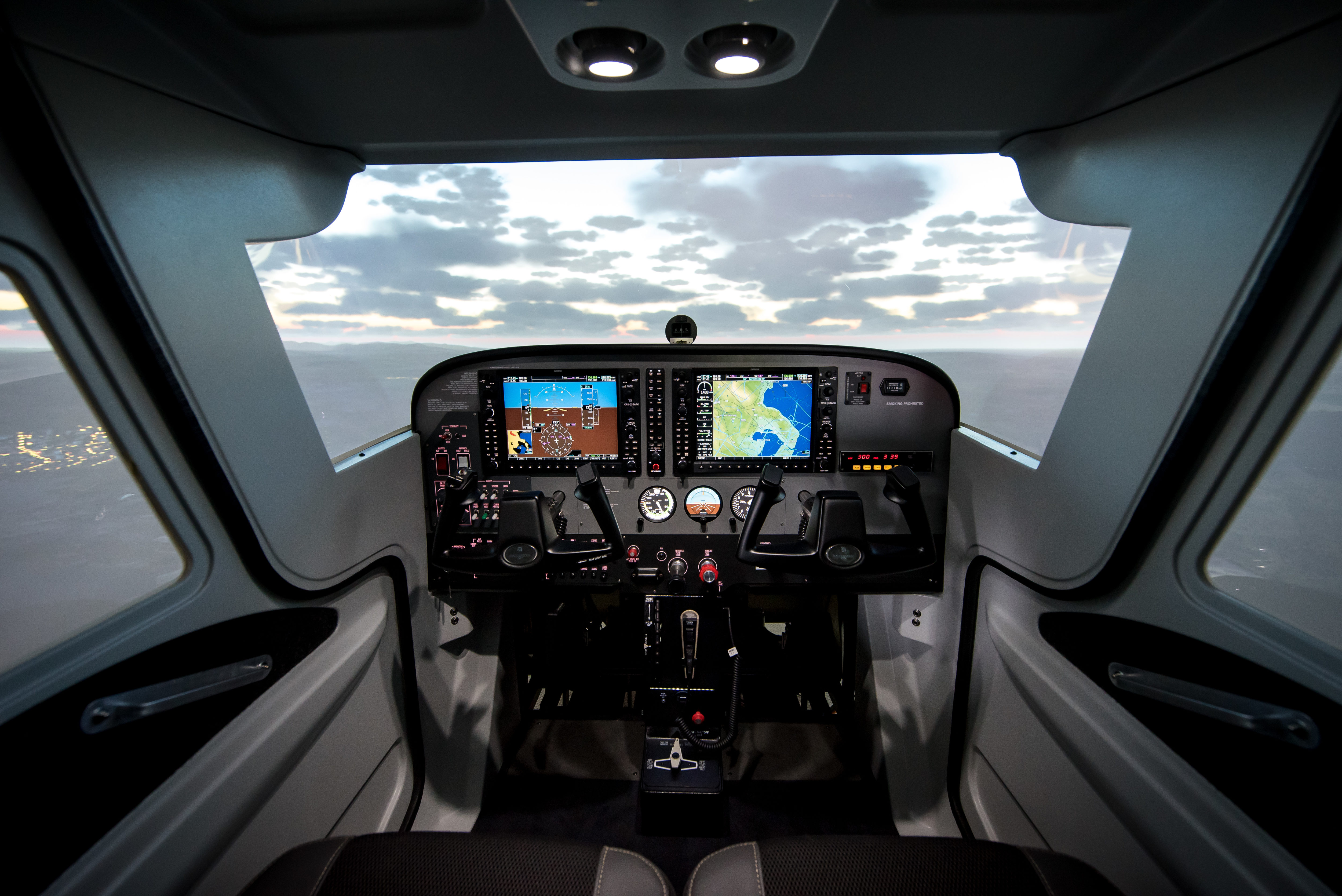The Glass Cockpit Advantage: Why a Flight School’s Aircraft Fleet is a Student’s Best Investment

In the exhilarating journey toward becoming a pilot, students are faced with a myriad of crucial decisions, none more impactful than choosing the right Florida part 61 flight schools. While factors like instructor expertise and a robust curriculum are undoubtedly important, one element often overlooked by aspiring aviators is the nature of the school’s aircraft fleet. Specifically, the presence of a modern “glass cockpit” fleet is not just a nice-to-have feature; it represents a profound advantage, offering a training experience that is more relevant, safer, and ultimately, a better long-term investment in a student’s future career.
The shift from traditional analog gauges to integrated digital displays, known as the glass cockpit, has revolutionized aviation. Today’s commercial airliners, corporate jets, and most modern general aviation aircraft are equipped with these sophisticated systems. For a flight student, training on a legacy fleet with classic round dials is like learning to drive on a vintage car before being expected to drive a modern sedan. It’s possible, but it bypasses the core technologies that define contemporary flying.
Enhancing Situational Awareness and Safety
A fundamental principle of good airmanship is maintaining strong situational awareness – knowing your aircraft’s position, speed, and status relative to its environment. Glass cockpits are engineered to enhance this awareness to an extent that analog cockpits simply cannot match.
The integrated displays provide pilots with a clear, synthetic representation of the aircraft’s position, often including a moving map, traffic alerts, and terrain warnings. This visual clarity is particularly beneficial during instrument training, where a student must rely solely on instruments to navigate through clouds or low visibility. The ability to visualize the aircraft’s path and surrounding landscape on the screen significantly reduces cognitive load and the potential for spatial disorientation, a common hazard in instrument flight.
A More Efficient and Comprehensive Learning Process
While some might argue that learning on analog gauges builds a more fundamental understanding of flight, modern glass cockpits are not a shortcut; they are a more efficient and comprehensive learning tool.The PFD and MFD displays allow instructors to illustrate complex concepts in real-time. For example, a student can visually see their track relative to a navigation fix, or watch how different control inputs affect the flight path. The integrated GPS and flight planning systems allow students to practice complex navigation scenarios with greater accuracy and less time spent on manual calculations.
Moreover, the systems often include flight data recorders, which capture an entire flight for later review. This allows students and instructors to debrief the flight with perfect accuracy, pinpointing areas for improvement and reinforcing positive habits. This data-driven approach to training accelerates the learning process, helping students master new skills more quickly and effectively. It’s a pedagogical advantage that traditional cockpits cannot offer.
Preparing for a Career, Not Just a Rating
For a student with professional aspirations, choosing a flight school with a modern fleet is a strategic career move. Airlines and corporate flight departments are heavily invested in modern aircraft and simulators. A graduate who is already comfortable and proficient in a glass cockpit environment is a more attractive candidate. They require less expensive and time-consuming type-specific training, and they demonstrate a forward-thinking mindset that aligns with the industry’s direction.
This familiarity also gives a pilot a significant edge when applying for a first job, especially in a competitive market. They can confidently speak about their experience with integrated systems, flight management, and advanced navigation techniques. The skills acquired are not just for passing a test; they are for building a lifelong career.
The New Standard for Pilot Training
In conclusion, the era of the glass cockpit is not a future prospect; it is the current reality of aviation. A flight school’s commitment to a modern fleet speaks volumes about its dedication to preparing students for the real world of flying. For the aspiring pilot, choosing a school with glass cockpit aircraft is a decision that extends beyond the classroom and the runway. It’s a choice for enhanced safety, a more efficient learning experience, and a direct, confident path to a rewarding professional career. It is the best investment a student can make in their journey to the skies.

